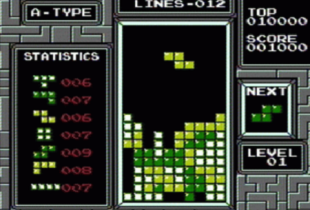DOS Games
DOS games, the early staples of personal computing, spanned a critical period from the mid-1980s to the mid-1990s. They introduced players to an array of genres, from text adventures to complex simulations, all operated via the simple but ubiquitous Disk Operating System (DOS). These games required direct and often complex commands, engaging users in a manner that seems archaic by today's standards but was revolutionary at the time. The rudimentary graphics and sound did not hinder their ability to captivate; rather, they forced developers to innovate within constraints, leading to some of the most iconic games in history.
The Revival of DOS Gaming
The charm of DOS games has seen a resurgence as both older gamers revisit their youth and new generations discover these classics. Through the use of emulators, such as DOSBox, these games are being played on modern machines, bypassing the technological barriers that once consigned them to obsolescence. This revival is more than just playing old games—it's about understanding the roots of modern gaming and preserving a pivotal era of technological innovation. As such, DOS games continue to be celebrated for their historical significance and their role in shaping the gaming landscape.
The Revival of DOS Gaming
The charm of DOS games has seen a resurgence as both older gamers revisit their youth and new generations discover these classics. Through the use of emulators, such as DOSBox, these games are being played on modern machines, bypassing the technological barriers that once consigned them to obsolescence. This revival is more than just playing old games—it's about understanding the roots of modern gaming and preserving a pivotal era of technological innovation. As such, DOS games continue to be celebrated for their historical significance and their role in shaping the gaming landscape.











































































































































